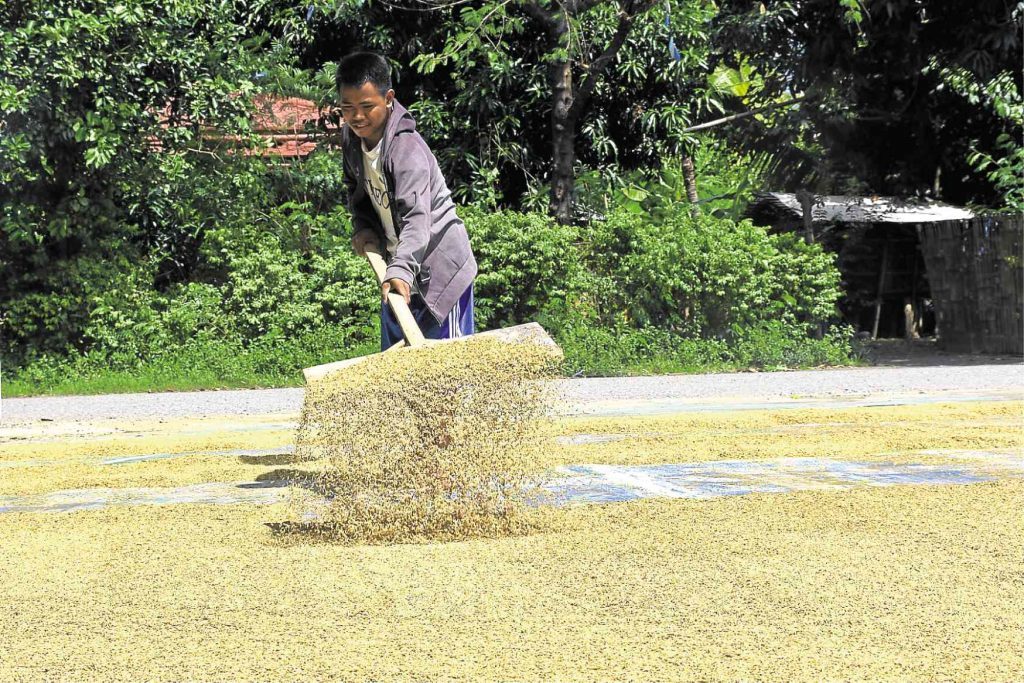Just a year after its implementation, the Rice Tariffication Law has already positioned the Philippines as the largest rice importer in the world in 2019 with as much as 2.9 million metric tons of rice imports. It can be recalled that when the law was signed on Feb. 15 that same yer, it essentially gave traders permission to import rice, thus increasing supply and decreasing market price.
The expected results were, as the law of supply and demand predicts, “affordable rice prices for consumers, coupled with the goal of raising the income of rice farmers,” which is apparently the opposite of rice agriculture’s current state.

Now that quotas are replaced with tariffs (35 percent for ASEAN countries and 40 percent for non-ASEAN countries), the doors for foreign rice importers are left wide open. This liberalization of the rice market is an invitation for international competitors to broaden their reach in the country, rivaling local farmers and producers.
As Kilusan ng Magbubukid ng Pilipinas sees it, the Rice Tariffication Law is a “death warrant” that would eventually “wipe out” Filipino rice farmers in the industry as a near-unlimited supply of rice imports enters the country.
A study by the Federation of Free Farmers (FFF) showed that the retail prices for regular milled and well-milled rice declined by P2.61 per kilogram and P1.99 per kilogram, respectively. Because of lower rice prices, the resulting gain for consumers (when multiplied by consumption volumes) is P34.16 billion.
FFF’s national manager Raul Montemayor noted that the law didn’t really benefit the consumers in terms of rice prices. Last year’s prices did go down but to compare these numbers with those from 2018 isn’t exactly reflective of the law’s effectiveness as it was the year when the National Food Authority (NFA) was not allowed to promptly import rice, and thus, the inevitable price hike that led to the creation of the Rice Tariffication Law.
This cannot simply be dismissed as mere “birth pains”—farmers should no longer be asked to wait a little longer and suffer more; they’ve already lost billions just in the first year of the law’s implementation.
Looking at data from 2016 and 2017 shows that the current state of affairs is on a higher price level as when the quantitative restrictions on rice imports were imposed. This means that there isn’t any significant and direct benefit to rice consumers.
On a similar note, palay farmgate prices fell by P3.62 per kilo, resulting in a total of P68.18 billion worth of loss to local rice farmers (which is double the gains of consumers). The NFA is already taking out as much as five billion pesos from its seven billion-peso procurement budget to buy palay at higher-than-market rates, then to be sold as subsidized rice to consumers. Montemayor says this is contradictory to the Rice Tariffication Law’s goal of having the private sector take over the rice market instead of the “graft-prone and debt-ridden” NFA.
For him, this cannot simply be dismissed as mere “birth pains.” Farmers should no longer be asked to wait a little longer and suffer more; they’ve lost billions just in the first year of the law’s implementation. Even consumers aren’t getting what they were promised.
To be called an agricultural country and then become the world’s largest rice importer says a lot about how the industry is being overridden by systems that do not consider the interests of farmers and consumers. What farming organizations and individual farmers alike are urging authorities to do is to revisit and repurpose the crisis solution that is the Rice Tariffication Law—making the necessary amends as soon as possible.